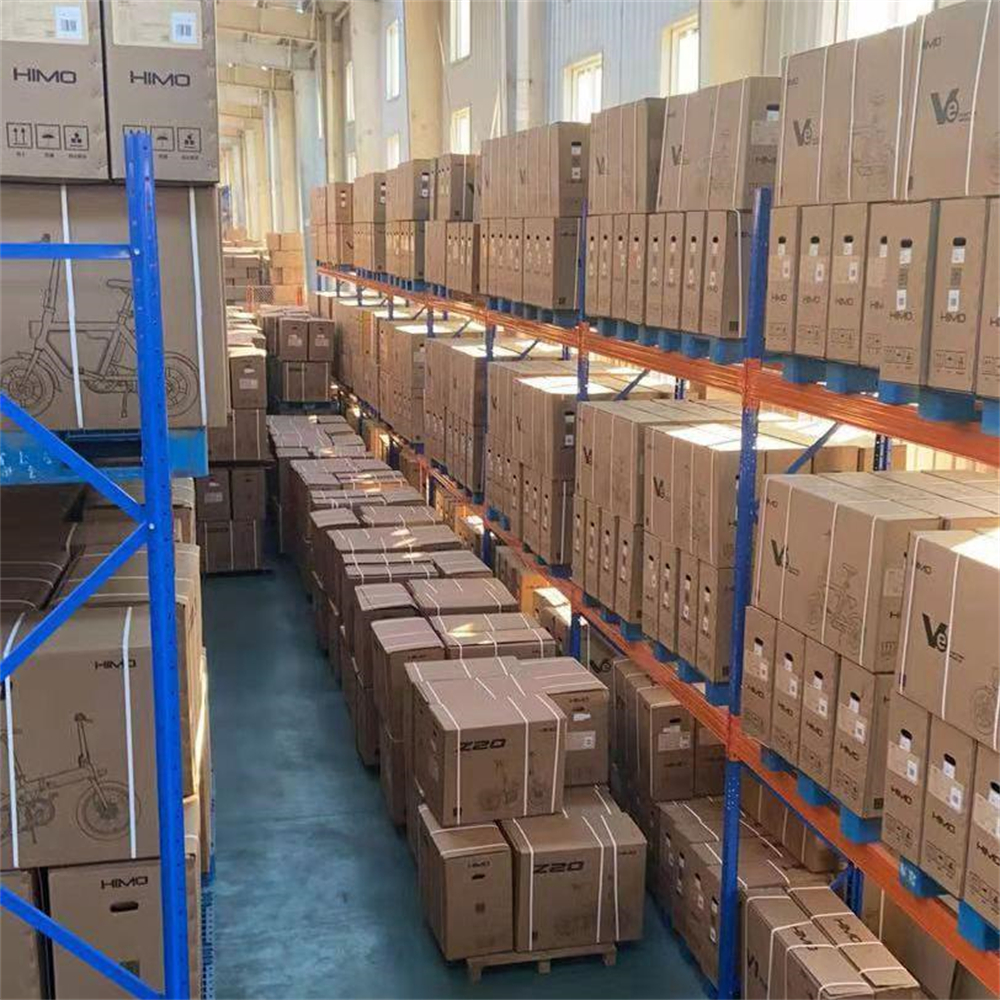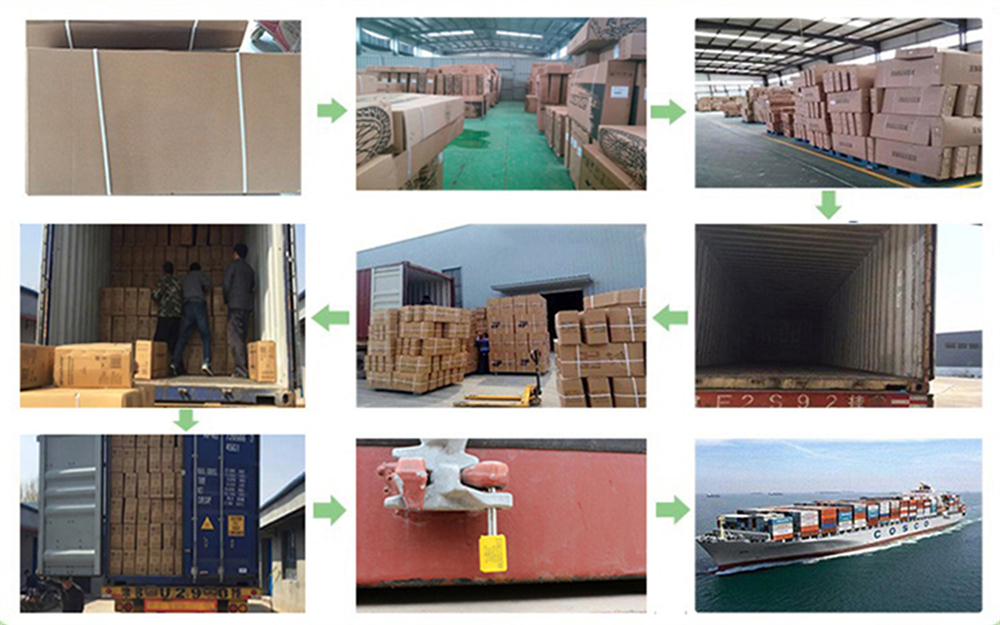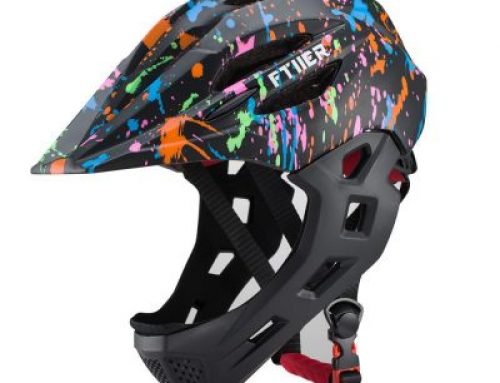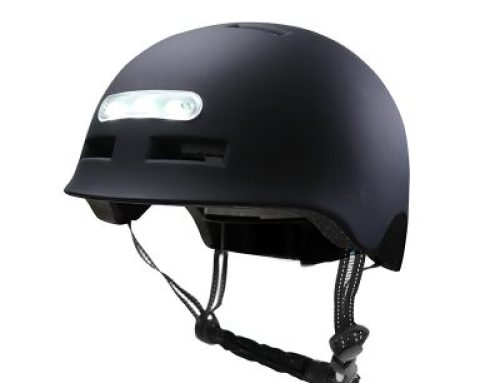Project Description
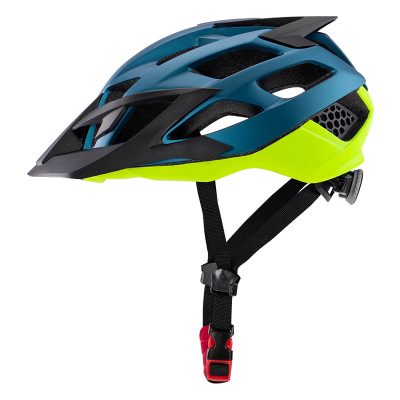
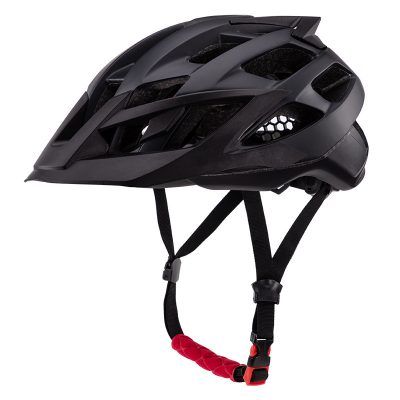
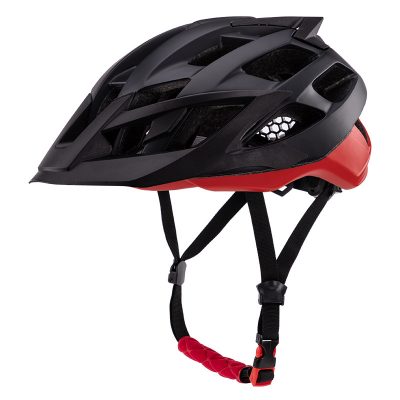
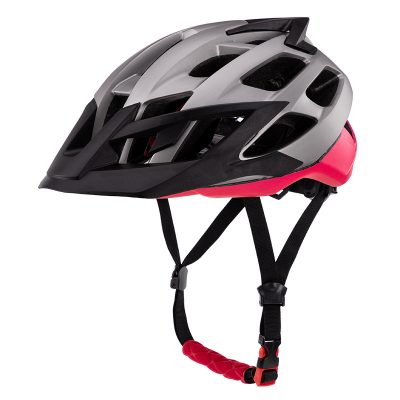
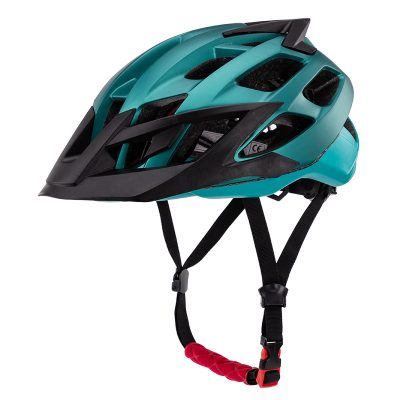
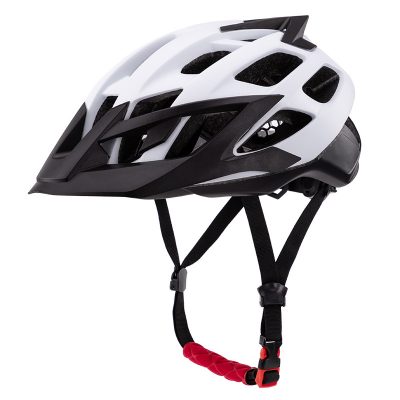
| Helmet Type: | Bike Helmet,Bicycle Helmets |
| Structure: | PC+high density EPS foam |
| Adjustment Dial: | Support |
| Age Group: | Youth-Adult |
| Liner: | Heat-pressed soft pad |
| Technics: | Integrally Molded |
| Suitable Sport: | Biking/Scooter/Cycling/E-bike Riding Helmet |
| Air Vent: | 22 |
| Color & Decal: | Customizable |
| Surface Process: | Glossy / Matt |
| Size: | M:50-68CM /L:58-61CM |
| Weight: | 300±5g |
| Feature | Head protection
Reduce damage Wearing a helmet while riding a bicycle can prevent 85% of head injuries |
The structure of the bicycle helmet is very simple. According to the processing method of the outer shell (PC or PVC) and EPS (Expanded Polystyrene), it is divided into an integrally formed helmet (In-mold) and an out-molded helmet (Out mold). The foam layer is a very core component that buffers/absorbs external impact energy when the rider has an accidental impact. One principle of the helmet to protect the head from injury is that when you are hit by a frontal or side impact, the helmet is the first to help you block most of the impact
Road bike helmets usually do not have a brim, and there are more of them with a streamlined overall design. High-end road bike helmets can be made very light, such as Lazer, Specialized.
Mountain bike helmets often have a detachable brim, because the use scene may involve the outskirts of the jungle, the brim can block the small branches that accidentally fall, and keep out some rain. Some mountain bike helmets are more bulky than road bike helmets, and the number of ventilation holes is also designed to be less, but the overall covering will be stronger, especially the XC mountain off-road type.
The commuter helmet looks a bit like some electric bicycle helmets, with a more rounded shape, fewer ventilation holes, and a larger wrapping area for the head. Many foreign brands of commuter helmets are beautifully made.
The body-formed helmet is a one-time stamping and forming of the blister PC shell and EPS into the mold. The shell and the foam are a whole without gaps, while the non-integrated helmet is to manually glue the formed EPS foam and the PVC shell. The glue is combined together, and a clear gap can be seen between the shell and the foam.


